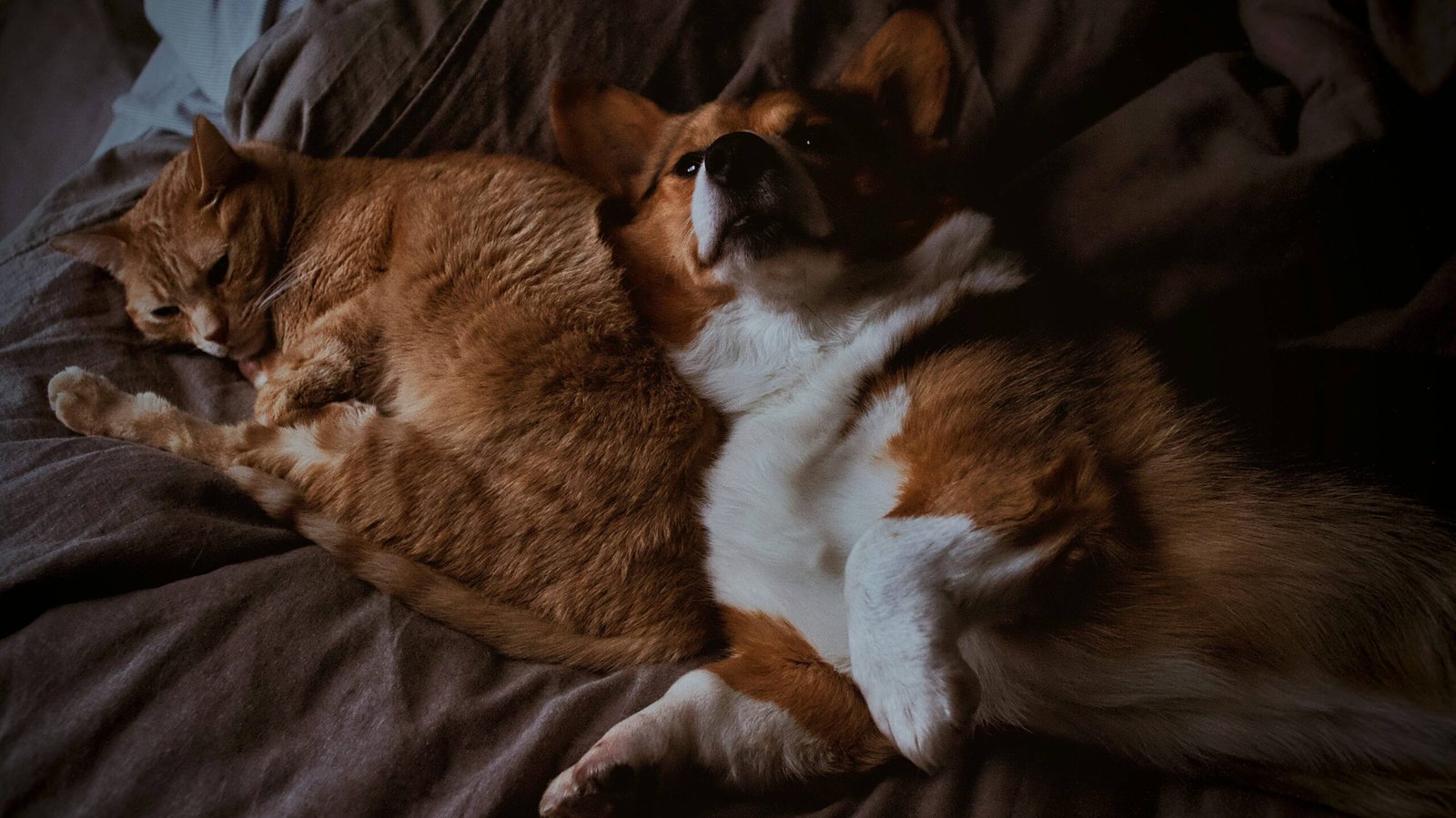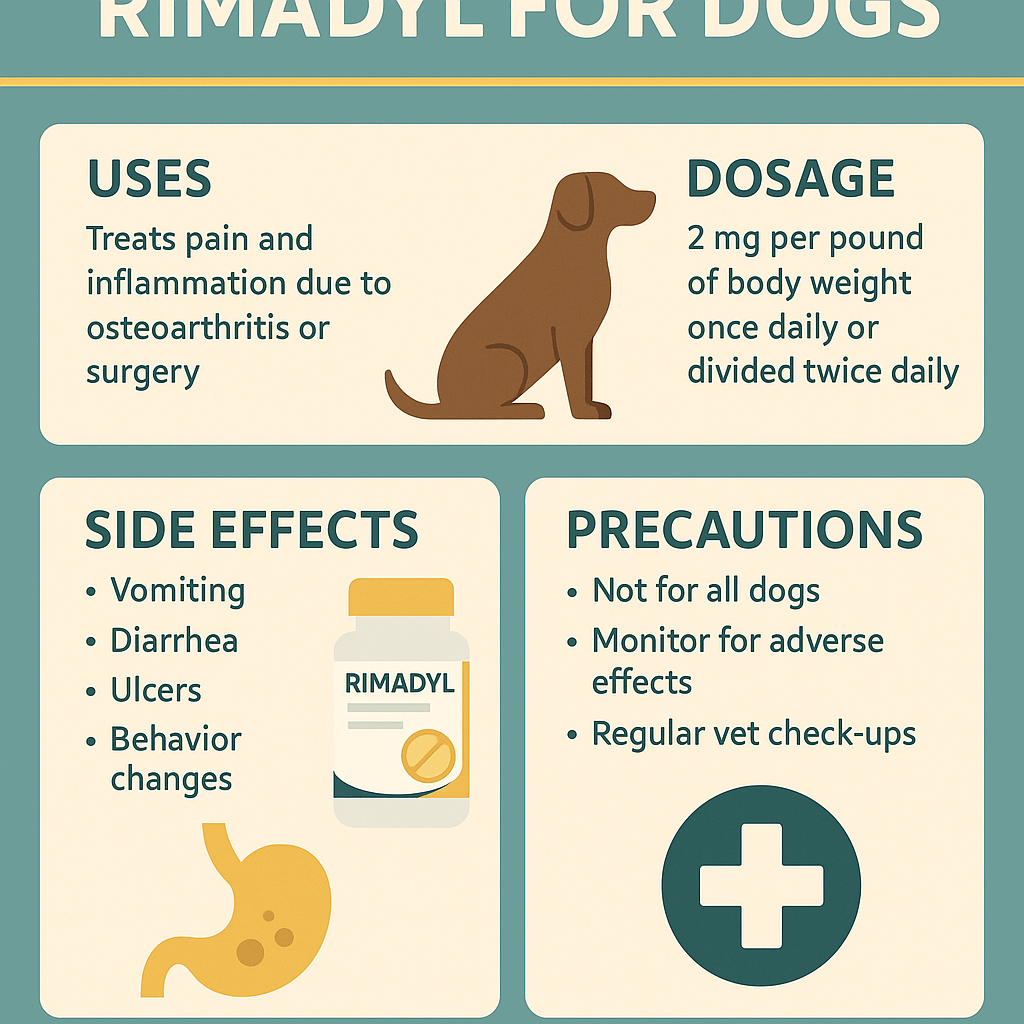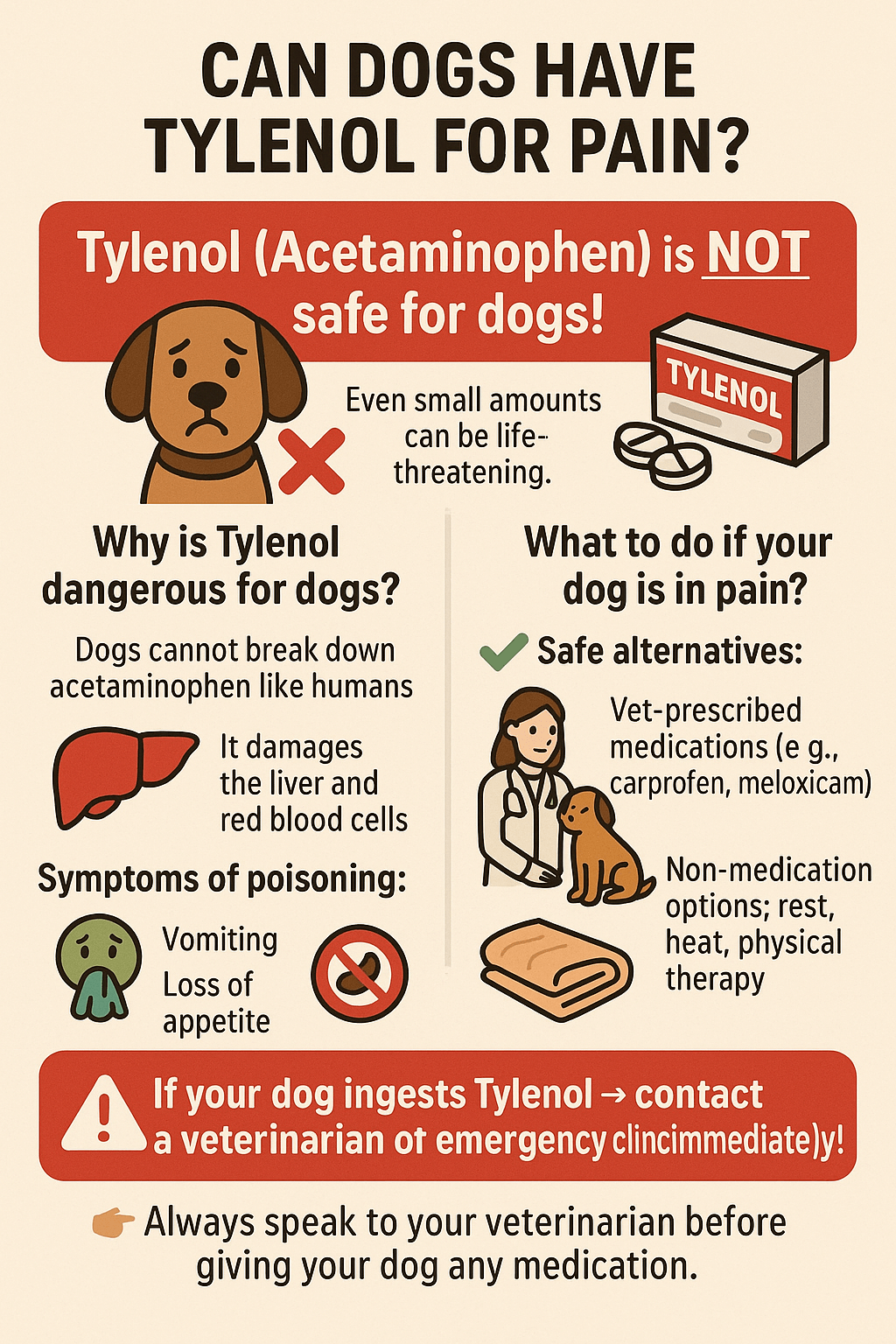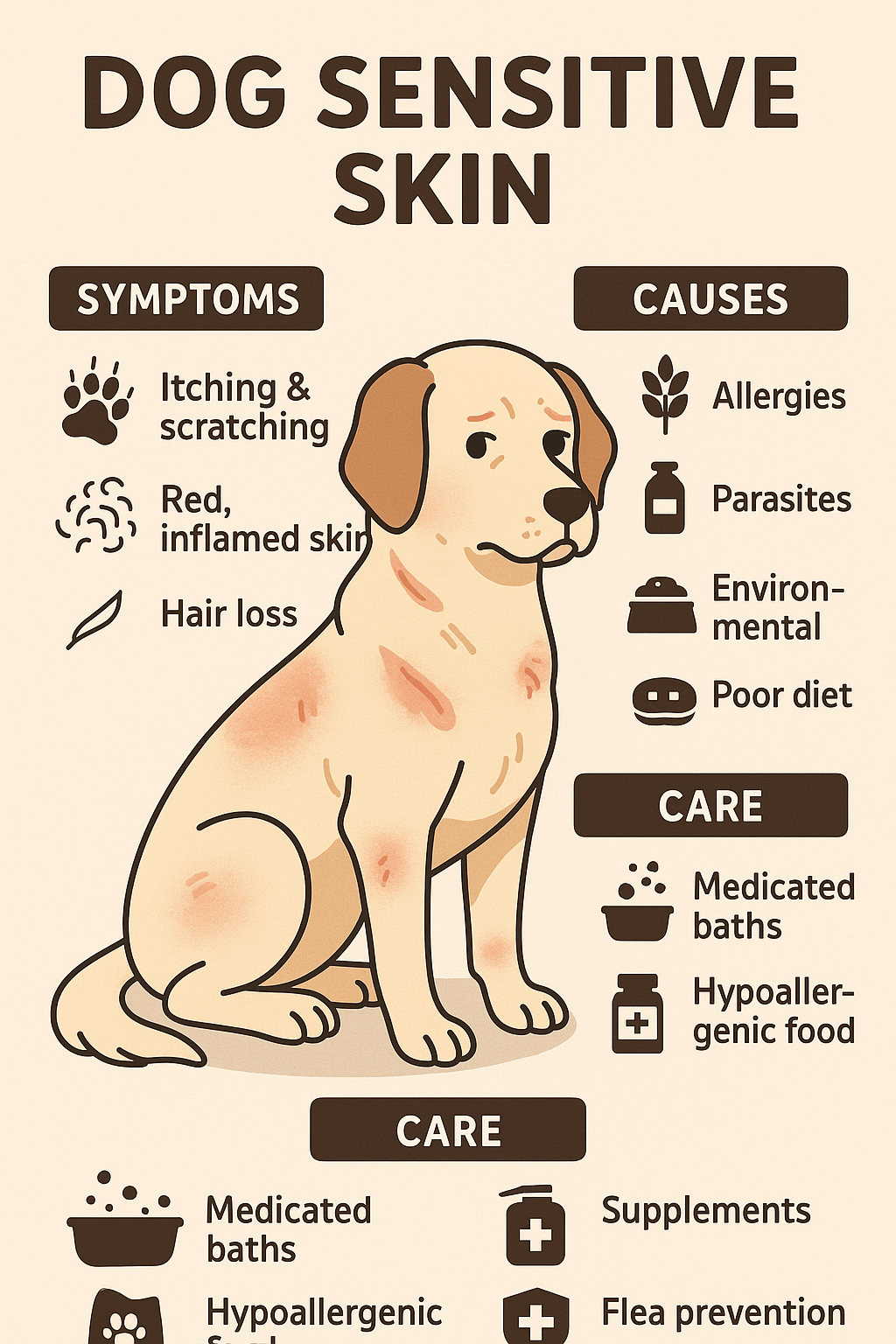How to Stop Your Dog from Eating Cat Poop: A Comprehensive Guide
If you’re a dog owner, chances are you’ve encountered some quirky or downright bizarre behaviors from your furry companion. One of the most unpleasant habits that many dog owners face is their dog’s inexplicable fascination with cat poop. Yes, it’s gross, but don’t worry—you’re not alone in this struggle. This behavior, known as coprophagia, is more common than you might think. In this blog post, we’ll explore why dogs engage in this habit, how you can prevent it, and what steps you can take to ensure both your dog and your household remain happy and healthy. Let’s dive into the solutions so you can reclaim peace of mind (and maybe your carpet).
Why Do Dogs Eat Cat Poop? Understanding the Behavior
Before you can tackle the problem, it’s essential to understand why your dog finds cat poop so irresistible. This behavior may seem baffling, but it often stems from natural instincts or underlying issues. Here are some common reasons:
Natural Instincts :
Wild ancestors of dogs often scavenged for food, and consuming feces was sometimes necessary for survival.Nutritional Deficiency :
If your dog’s diet lacks essential nutrients, they may seek them elsewhere—even in cat poop.Curiosity and Boredom :
Dogs are naturally curious creatures. If they stumble upon cat poop, they may investigate it further by tasting it.Attention-Seeking Behavior :
Some dogs eat cat poop simply because it gets a reaction from their owners, even if it’s a negative one.Cleanliness Habit :
In multi-pet households, dogs may try to “clean up” after their feline friends, mimicking maternal behaviors.
Understanding these triggers is the first step toward addressing the issue effectively. By identifying why your dog engages in this behavior, you can implement targeted strategies to curb it.
Preventive Measures: How to Stop the Behavior Before It Starts
The best way to deal with unwanted behaviors is to stop them before they become habits. Prevention is key when it comes to stopping your dog from eating cat poop. Here are some actionable tips to help you get started:
Supervise Outdoor Time :
Keep an eye on your dog during walks or playtime in the yard to prevent access to cat feces.Secure the Litter Box :
Place the litter box in an area that’s inaccessible to your dog, such as behind a baby gate.Regular Cleanup :
Frequently clean your yard or any areas where cats might leave droppings.Use Distractions :
Engage your dog with toys or activities to divert their attention away from potential temptations.Positive Reinforcement :
Reward your dog with treats or praise when they ignore cat poop, reinforcing good behavior over time.
By implementing these preventive measures consistently, you can significantly reduce the likelihood of your dog developing this undesirable habit. Remember, consistency is crucial for long-term success.
Check this guide 👉Can My Dog Eat Vanilla Ice Cream? Best 7 Health Tips!
Check this guide 👉What to Do If Your Dog Eats a Pork Bone: Best 7 Expert Tips!
Check this guide 👉Can My Dog Eat Melon? Best 7 Expert Tips!

Prevention Strategies | Training Techniques |
|---|---|
Supervise outdoor time closely | Teach the “leave it” command |
Secure the litter box location | Use clicker training for obedience |
Clean the yard regularly | Reward calm behavior near the box |
Provide engaging distractions | Practice recall exercises daily |
Block access to temptation zones | Enroll in professional training |
Training Tips: Teaching Your Dog Better Habits
Once you’ve taken preventive steps, it’s time to focus on training your dog to break the habit altogether. Training takes patience and persistence, but it’s worth the effort. Below are some proven techniques to guide you through the process:
Teach the “Leave It” Command :
This simple yet powerful command helps redirect your dog’s focus away from unwanted items.Practice Recall Exercises :
Strengthen your dog’s ability to come when called, which can be invaluable in preventing impulsive actions.Use Clicker Training :
Clicker training reinforces positive behaviors by associating sounds with rewards, making it easier to teach self-control.Enlist Professional Help :
Consider hiring a certified trainer if the problem persists despite your efforts.Be Consistent with Corrections :
Gently correct your dog every time they show interest in cat poop, ensuring they understand it’s off-limits.
With consistent training, your dog will learn to resist the urge to indulge in this unpleasant habit. Patience and positivity are key throughout the process.
Health Considerations: When to Consult a Veterinarian
While behavioral interventions are often effective, there may be underlying health issues contributing to your dog’s behavior. It’s important to rule out medical causes to ensure your pet’s well-being. Here’s what to look out for:
Parasites or Digestive Issues :
Intestinal parasites or digestive problems can lead to unusual cravings, including coprophagia.Nutritional Imbalances :
A lack of certain vitamins or minerals in your dog’s diet could drive them to seek nutrients elsewhere.Underlying Illnesses :
Conditions like diabetes or thyroid disorders can increase appetite and lead to strange eating habits.Medication Side Effects :
Some medications may alter your dog’s sense of taste or hunger levels.Age-Related Changes :
Senior dogs may develop new behaviors due to cognitive decline or physical changes.
If you notice any signs of illness or suspect a medical issue, consult your veterinarian promptly. Addressing potential health concerns ensures your dog stays happy and healthy while tackling the root cause of the behavior.
Environmental Adjustments: Creating a Dog-Friendly Space
Sometimes, simple changes to your home environment can make a big difference in curbing unwanted behaviors. By making your dog’s surroundings less conducive to eating cat poop, you can reduce the likelihood of this habit continuing. Here are some adjustments to consider:
Install Baby Gates :
Use baby gates to create designated spaces for your pets, ensuring your dog cannot access areas where the litter box is kept.Elevate the Litter Box :
Place the litter box on a raised platform or shelf that cats can easily access but dogs cannot.Designate Play Zones :
Create separate play and rest areas for your dog and cat to minimize interaction around sensitive spots like the litter box.Use Pet Barriers :
Invest in pet barriers or enclosures to keep your dog out of high-risk areas like the backyard or laundry room.Keep Outdoor Areas Clean :
Regularly inspect and clean outdoor spaces where neighborhood cats might leave droppings.
By tweaking your home setup, you can eliminate many opportunities for your dog to engage in this behavior. A little creativity goes a long way in fostering harmony between your pets.
Dietary Solutions: Supporting Your Dog’s Nutritional Needs
A well-balanced diet plays a crucial role in discouraging undesirable behaviors like coprophagia. Ensuring your dog receives all the nutrients they need can help curb their interest in cat poop. Here are some dietary strategies to try:
High-Quality Dog Food :
Switch to premium dog food that contains essential vitamins, minerals, and proteins to meet your dog’s nutritional requirements.Add Enzyme Supplements :
Some dogs lack the enzymes needed to digest certain foods properly; supplements can help fill this gap.Include Fiber-Rich Foods :
Adding fiber-rich vegetables like pumpkin or sweet potatoes to your dog’s meals can promote better digestion.Avoid Overfeeding Treats :
Limit excessive treats, as they can disrupt your dog’s appetite and lead to nutrient imbalances.Consult a Nutritionist :
If you’re unsure about your dog’s diet, seek advice from a veterinary nutritionist for personalized recommendations.
Addressing your dog’s dietary needs not only supports their overall health but also reduces the temptation to eat cat poop. A nourished dog is a happy dog!
Behavioral Tools: Using Technology and Accessories to Your Advantage
Modern tools and accessories can be invaluable in managing your dog’s behavior. These resources can help you monitor, redirect, or prevent access to cat poop effectively. Below are some options to explore:
Motion-Activated Sprinklers :
Install sprinklers in your yard that activate when your dog approaches areas frequented by cats.Remote Training Collars :
Use humane remote collars that emit a gentle vibration or sound to deter your dog from approaching forbidden zones.Interactive Toys :
Provide interactive toys that keep your dog mentally stimulated and distracted from undesirable behaviors.Litter Box Covers :
Opt for covered litter boxes that make it harder for dogs to access the contents inside.Pet Cameras :
Set up cameras to monitor your dog’s activities when you’re not home, allowing you to intervene remotely if necessary.
Incorporating these tools into your routine can make managing your dog’s behavior more efficient and effective. With the right resources, you’ll be better equipped to tackle this challenge head-on.
Frequently Asked Questions About Stopping Dogs from Eating Cat Poop
Is it harmful for my dog to eat cat poop?
While occasional ingestion might not cause harm, it can expose your dog to parasites or bacteria found in feces.
Can I train my older dog to stop this behavior?
Yes, dogs of all ages can learn new behaviors with consistent training and reinforcement.
Should I punish my dog for eating cat poop?
Punishment isn’t recommended, as it can create fear or confusion. Positive reinforcement works better.
What should I feed my dog to prevent nutritional deficiencies?
Consult your vet to determine a balanced diet tailored to your dog’s specific needs.
How long does it take to stop this habit?
The timeline varies depending on the dog, but consistency and patience usually yield results within weeks.
Wrapping Up: A Path to a Happier, Healthier Home
Dealing with a dog who eats cat poop can feel overwhelming, but remember—it’s a solvable problem. By understanding the reasons behind the behavior, taking preventive measures, and investing time in training, you can help your dog overcome this habit. Don’t forget to prioritize your dog’s overall health by consulting a vet if needed. With dedication and love, you’ll soon enjoy a cleaner home and a happier pup. Keep going—you’ve got this!
Rimadyl for Dogs: Best 7 Expert Tips! Discover expert advice on using Rimadyl safely, managing pain, and improving your dog’s mobility with trusted veterinary insights.
Can Dogs Have Tylenol for Pain? Best 7 Expert Tips! Discover the risks, safe alternatives, and expert advice on managing your dog’s pain effectively while avoiding harmful medications.
Understanding Hemophilia in Dogs: Best 7 Expert Tips! Discover expert advice on managing hemophilia, recognizing symptoms, and ensuring your dog’s well-being with practical care strategies.
Understanding Dog Sensitive Skin: Best 7 Expert Tips! Discover expert advice on managing dog sensitive skin, relieving irritation, and improving your pup’s comfort with practical solutions.





